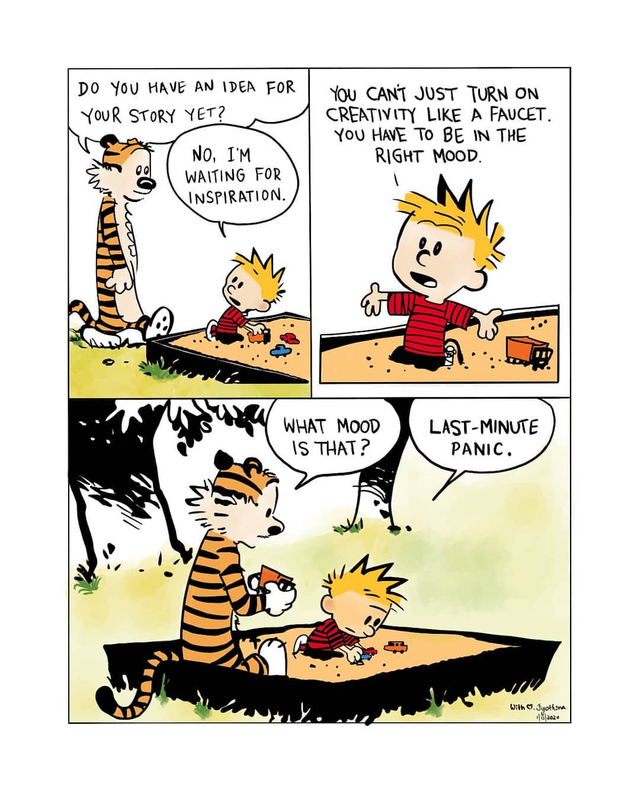4. Optimal BSTs
algonotes
lecturenotes
Acknowledgements
Some of this material is borrowed from Jeff Erickson’s chapters on Recursion, Backtracking, and Dynamic Programming. Check them out for a more detailed comparison between recursive and memoized implementations.
The Problem
- The input is a sorted array of search keys and an array of frequency counts, where is the number of times we will search for .
- Our task is to construct a binary search tree for that set such that the total cost of all the searches is as small as possible, where the cost of a search for a key is the the number of anscestors1 that the key has multiplied by its frequency.
This can be thought of as a non-linear version of the file storage problem. Food for thought: will a greedy strategy (insert in descending order of frequencies of access) work?
Heads up: Note that the optimal solution may not be balanced at all.
The Solution
This section is coming soon.
Footnotes
The root is the only anscestor of itself, so the cost of access is just one.↩︎

